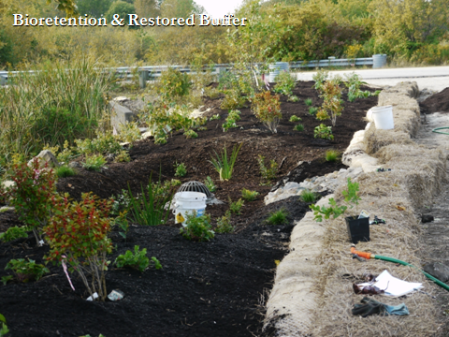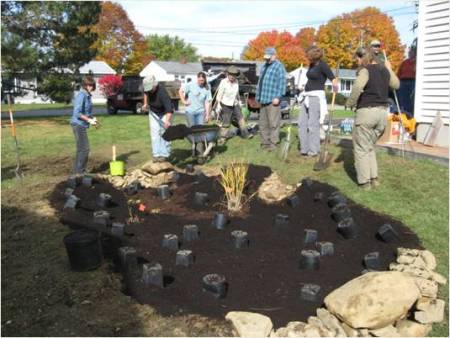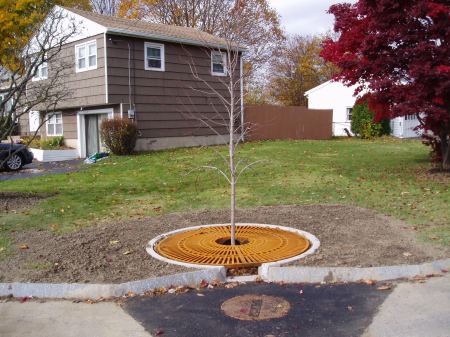Exeter-Newsletter: Letter to the Editor: http://www.seacoastonline.com/articles/20100105-OPINION-1050339
January 05, 2010 2:00 AM
By Mike Kappler
The Lamprey River Watershed is in the region of the state undergoing the most rapid growth, with pressures from development that affect the environment in the river corridor.
Although the Lamprey River is 47 miles long, currently only 12 miles of the river, in Lee and Durham, are in the state rivers protection program. The goal of the Lamprey River Nominating Committee (LRNC) is to add the remaining segments of the Lamprey River and several of its major tributaries into the N.H. DES Rivers Management and Protection Program (RMPP) in accordance with NH RSA 483. The benefits of expanding this designation to add all the river into the RMPP include:
1. Increased protection against water quality impairment in the river corridor, damaging channel alterations, new dam construction, and solid or hazardous waste facilities constructed less than ¼ mile from its banks.
2. Expansion of Lamprey River Local Advisory Committee (LRLAC), the rivers current committee, to coordinate management and protection of the river at the local and regional levels, providing riverfront communities with a direct avenue for formal input into state decisions affecting the river.
3. Development of a locally written long-range management plan for the river that coordinates local values for water quality and supply, historic resources and recreation.
“The Lamprey River is an important natural and cultural resource providing abundant clean water, wildlife habitat, scenic beauty, historic character, and recreation for all the communities within the watershed. State designation will ensure that these qualities are protected. Designation of the remaining segments of the river and its major tributaries will bring more citizens and communities together to develop an integrated strategy to manage and protect the river.” said Jim Hadley, of Northwood, LRNC chairman.
The segments of the river requiring protection begins at the headwaters in Northwood at the lake, in Northwood Meadows State Park, to the Epping and Lee town lines, and the tidal portion of the Lamprey in Newmarket. The major tributaries include: the North Branch River in Candia and Raymond; the Little River, Bean River, and North River in Nottingham; the Pawtuckaway River in Nottingham and Raymond; and the Piscassic River flowing from Fremont to Newmarket.
The Lamprey River Nominating Committee is working in partnership with the Lamprey River Watershed Association, the Lamprey River Local Advisory Committee, and with the “Rivers, Trails, and Conservation Assistance Program” of the National Park Service (NPS) in this nomination effort.
The LRNC asks for your support in this nomination. Public hearings will be scheduled in early 2010 and letters of support are welcome. We especially ask for supporting letters from town governments, planning boards, conservation committees, and legislators from the communities in the watershed. Strong local support is necessary for a successful application. Letters of support may be sent to: Lamprey River Nomination Committee, 43 North River Rd., Lee, N.H. 03861. The next LRNC meeting is Jan. 28, at 7 p.m. at the Raymond Fire Station, off Route 101, Exit 4, in Raymond. For more information, contact me at l.mikekappler@comcast.net.
Mike Kappler is a Republican state representative from Raymond.
![]() Subscribe to the Save Great Bay blog in a reader
Subscribe to the Save Great Bay blog in a reader


 Posted by David Anderson
Posted by David Anderson 

